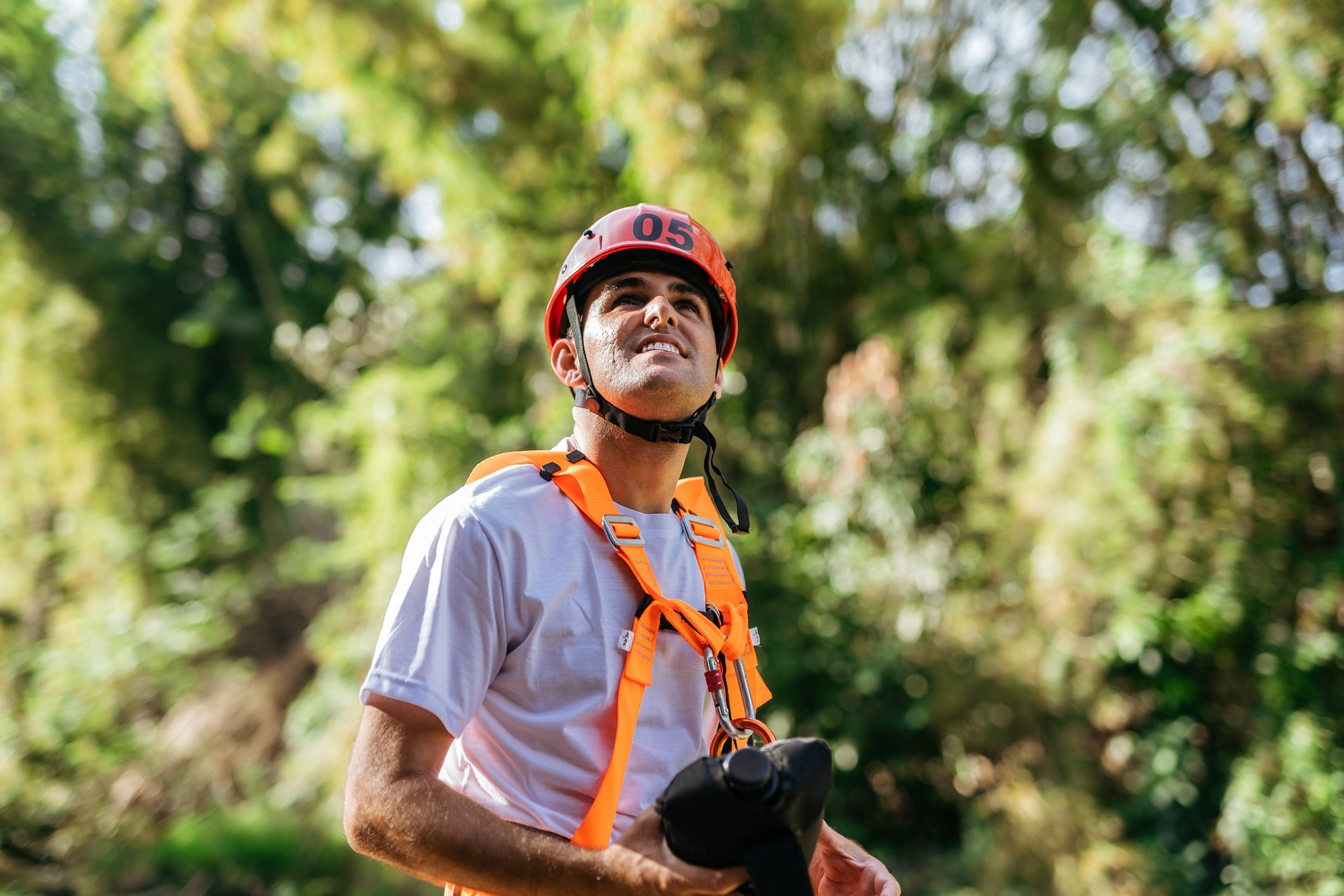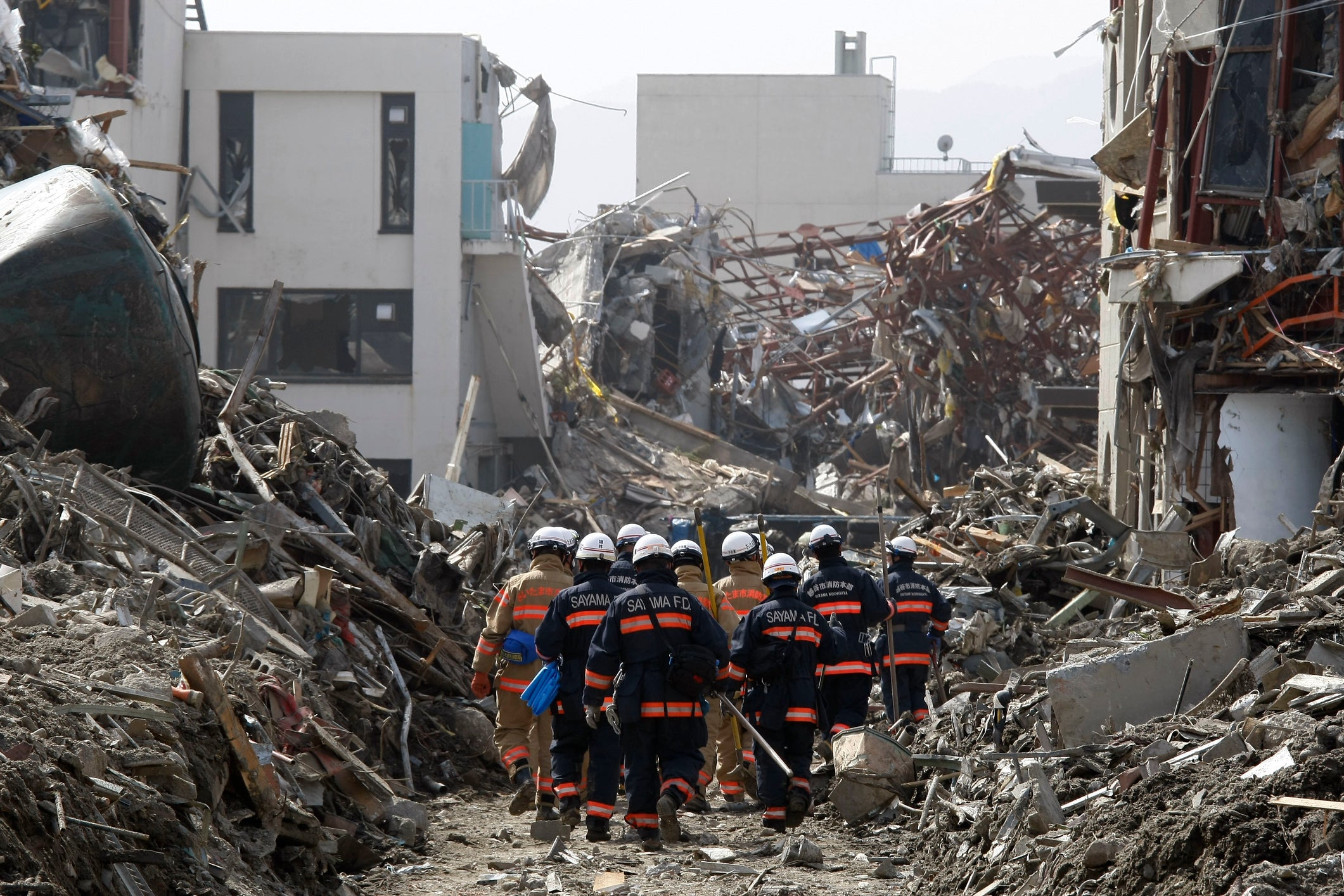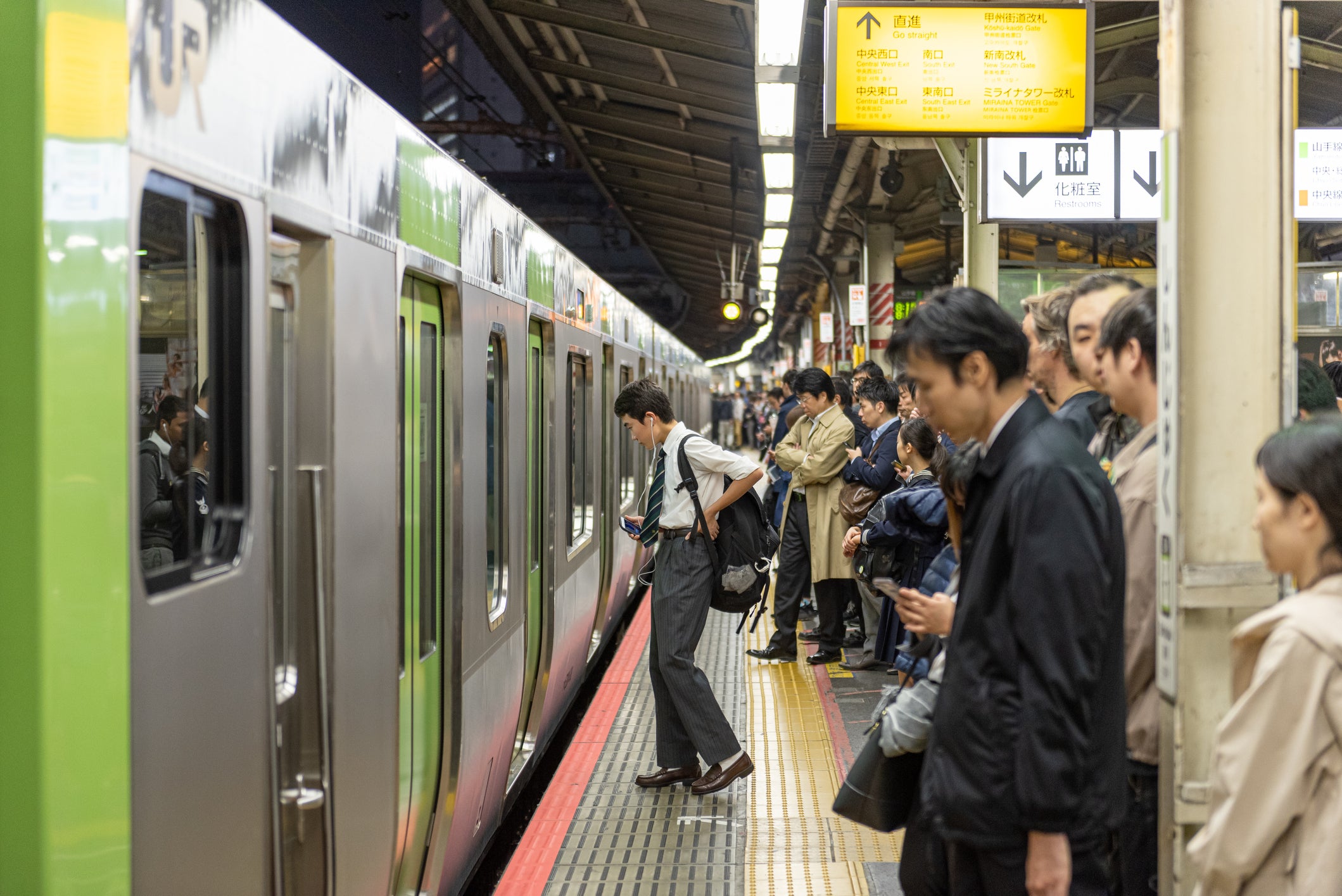Preparation list to prepare for the arrival of typhoon season
table of contents
Introduction
1. Emergency food and drinking water
2. Disaster prevention goods
3. House inspection and reinforcement
4. Protect important documents and valuables
5. Create a backup
6. Insurance confirmation
7. Spare charger and means of communication
8. Improve mental preparation and safety awareness
9. Emotional Care and Mental Health
10. Participation in disaster drills
11. Home safety measures
12. Cooperation and Solidarity with Neighbors Summary
Introduction
Typhoons bring strong winds, heavy rains and can cause damage, so preparation to prepare for the arrival of the typhoon season is very important. This article provides a detailed list of necessary preparations to protect yourself from the effects of a typhoon.
1. Emergency food and drinking water
1-1 Emergency food
Canned food : Canned food can be stored for a long time and is highly nutritious, making it a good emergency food. Examples include canned fruits and vegetables, canned tuna, and stews. Considering nutritional balance, we recommend stockpiling various types of canned food.
Dry food : Dry food is lightweight, easy to carry, and can be stored for a long time. Dried fruits, beef jerky, cup noodles, and retort rice are common choices. You may also want to consider nutritional supplements and protein bars.
Non-perishable food : Stock up on non-perishable food such as rice, bread, crackers, hardtacks, and canned bread. Choose one that can be stored for a long time.
1-2 Drinking water
Mineral water : Prepare drinking water for at least 3 days per person in case of emergency. Mineral water has a long shelf life and is easy to store. It is convenient to prepare multiple large-capacity bottled water or fill small bottles with water.
Sports drinks : Sports drinks help replenish fluids and electrolytes. This is especially important if extended power outages are expected or tap water is not available. Be prepared to prevent dehydration.
Non-perishable water : It's also important to have water for non-perishable food in case of an emergency. Fill plastic bottles with water and stockpile it so that it can be used for disinfection purposes.
The above is the contents of general emergency food and drinking water. However, it is also important to choose items that accommodate special dietary restrictions and allergies to suit individual family and community needs. Also, don't forget to check and replace emergency food and drinking water regularly to keep them fresh.
2. Disaster prevention goods
Flashlight and extra batteries : Get a bright, sturdy LED flashlight to provide the light you need during extended power outages. It is also important to stockpile the necessary number of spare batteries.
Radio : AM/FM radio is useful for receiving disaster information and evacuation advisories. It is a good idea to choose a type that can be battery powered or solar charged.
Scissors and knives : In an emergency, scissors and knives are useful for cutting ropes and tapes and opening items. Pay attention to safe handling.
Portable toilets : It is convenient to prepare portable toilets in case there is no water or the restrooms at the shelter are crowded. Prepare portable toilets, plastic bags, and deodorants.
Ropes and tarps : It is important to have sturdy ropes and tarps and secure them properly to protect yourself from high winds and flooding. It is also useful when evacuating shelters and goods.
Masks : In the event of a disaster, there may be dust and smoke, so it is a good idea to prepare a dust mask or N95 mask.
Cold weather gear : Prepare cold weather gear in case the power outage continues due to a typhoon or when you are waiting at an evacuation shelter. Thick jackets, blankets, gloves, and hats can help.
First Aid Kit : Have a first aid kit with medical supplies for first aid and minor injuries. This includes bandages, antiseptic solutions, plasters, and pain relievers.
Bags and Cases : Prepare bags and cases to store emergency supplies and make them easy to carry. Choose one that is waterproof and durable.
3. House inspection and reinforcement
3-1 External inspection
Roof : Check the condition of the roof materials and tiles, and check for any damage, floats, or gaps. Make repairs or upgrades as necessary.
Exterior Walls : Exterior walls are checked for cracks, cracks, and water intrusion. It is also important to repair any parts that need repairing and to apply waterproofing.
Windows and Doors : Check the condition of windows and doors for opening and closing and fixtures. If the tightness is bad or reinforcement is necessary, repair it.
Foundations : Check foundations for cracks and water intrusion. If necessary, seek expert opinion and carry out repairs and reinforcements.
3-2 Internal inspection
Electrical Installations : Perform regular electrical inspections and check wiring. Old wiring, deteriorated switches, outlets, etc. need to be replaced.
Gas equipment : Regularly check for gas leaks and malfunctions. We recommend that you ask a professional to inspect your gas meter and gas pipes.
Water Equipment : Check for leaks and deterioration of water pipes. Check your water meter and faucets for problems, and repair or replace them if necessary.
3-3 Reinforcement measures
Seismic retrofitting : To minimize damage to your home from an earthquake, do seismic retrofitting. Reinforce pillars, walls, roofs, etc. according to expert advice and instructions.
Measures against wind and flood damage : Take measures against wind and flood damage caused by typhoons and heavy rain, such as reinforcing windows and doors, cleaning and maintaining drains, and fixing the roof.
Proper maintenance and maintenance : It is also important to perform regular maintenance and maintenance. Take steps to prevent deterioration of your home, such as cleaning your roof, clearing your gutters, and preserving woodwork.
4. Protect important documents and valuables
4-1 Protection of documents
Identification : Protect identification such as passports, driver's licenses, insurance cards, and residence cards in a waterproof bag or water-resistant envelope. Make photocopies of required documents and keep them in a separate location for peace of mind.
Important Documents : Protect important documents such as property deeds, contracts, bank account information, insurance policies, and medical records in waterproof bags or water-resistant envelopes.
4-2 Protection of valuables
Cash : Keep your cash in a water-resistant wallet or waterproof bag to protect the cash you need in an emergency. It's also a good idea to have small denominations ready if you need them.
Jewelery and Precious Metals : Valuable jewelery and precious metals are safe to store in a high security safe or safe. If you store it at home, it's a good idea to put it in a safe storage box with fireproof and waterproof properties.
5. Create a backup
Digital data : It is important to regularly back up important data on your computer or smartphone. Ensure data protection and recovery with external hard drives, online cloud storage, and more.
6. Insurance confirmation
To prepare for disasters and damage, check the details and scope of insurance for your home and property. Protect your insurance policy and contact information as important documents so that you can take them with you when you evacuate.
These are general measures for protecting important documents and valuables. By following these steps, you can protect your valuable information and property in an emergency.
7. Spare charger and means of communication
7-1 Spare charger
Power bank : A power bank serves as a backup power source to charge electronic devices such as mobile phones and tablets. Prepare a mobile battery with a large capacity and stockpile it with a charging cable as a set. A mobile battery with a built-in solar panel is also an option.
Batteries and Rechargeable Batteries : Battery-powered chargers are also useful in emergencies. Have spare batteries or rechargeable batteries ready for use when using battery-powered devices such as radios and flashlights. It is also important to know the type and number of batteries required.
7-2 Means of communication
Mobile Phones : Mobile phones are an important means of communication during emergencies. Stockpile spare chargers and mobile batteries to prevent running out of charge. Also, communication networks may become congested during a disaster, so use communication methods with low load, such as SMS messages and SNS .
Radio : AM/FM radio is important for receiving disaster information. Get a battery-powered or solar-powered radio and use it as a means of getting the latest information.
Emergency radio : The emergency radio is used for short-range communication. It is convenient to prepare for keeping in touch with family and neighbors. Check the operation method before using, and communicate using the preset channel.
Internet Connectivity : Internet connectivity may be temporarily unavailable during disasters, but it is important to have Internet connectivity whenever possible. Use various means such as mobile data communication and public wireless LAN ( Wi-Fi ) to obtain information via the Internet.
An important point is to consider backup means of communication. Prepare multiple means and stockpile spare chargers, batteries, charging cables, etc., so that you can secure communication even in an emergency.
8. Improve mental preparation and safety awareness
8-1 Recognition of disaster risk
Correctly recognize the risks of disasters. It is important to understand what kind of disasters you or the area you live in are likely to be exposed to, based on local disaster trends, past experiences, and weather information.
8-2 Preparation of an evacuation plan
Make an evacuation plan in the event of a disaster with your family and cohabitants. Clarify evacuation sites, evacuation routes, contact methods, etc., and be prepared to act quickly and safely in the event of a disaster.
8-3 Check emergency contact information
In an emergency, it is important to maintain contact with family, close friends and neighbors. Make a note of important contacts and register them on your mobile phone.
9. Emotional Care and Mental Health
Stress and anxiety can increase during a disaster. It is also important to take care of your heart and maintain your mental health. Find a method that works for you, such as relaxation techniques, meditation, moderate exercise, and communication with family and friends.
10. Participation in disaster drills
By participating in disaster drills and disaster simulations, you can learn appropriate actions and countermeasures. Acquire knowledge and skills by actively participating in local disaster prevention events and disaster-related seminars.
11. Home safety measures
Practice safety measures at home. Take measures to minimize accidents and damage that are likely to occur in your home, such as fire prevention, fixing furniture, and installing emergency lighting.
12. Cooperation and Solidarity with Neighbors
Increase cooperation and solidarity with local neighbors and communities. By supporting each other and sharing information and resources, we can strengthen our ability to overcome difficulties in times of disaster.
These are the general points about mental preparation and safety awareness. It is important to raise your own awareness in preparation for disasters and always act with safety measures in mind.
summary
In order to prepare for the arrival of the typhoon season, it is necessary to stockpile emergency food and drinking water, prepare disaster prevention goods, inspect and reinforce the house, confirm the evacuation plan, protect important documents and valuables, and prepare spare chargers and means of communication. It requires preparation, mental preparation and increased safety awareness. By making these preparations in advance and preparing for a typhoon, you can minimize the damage.








